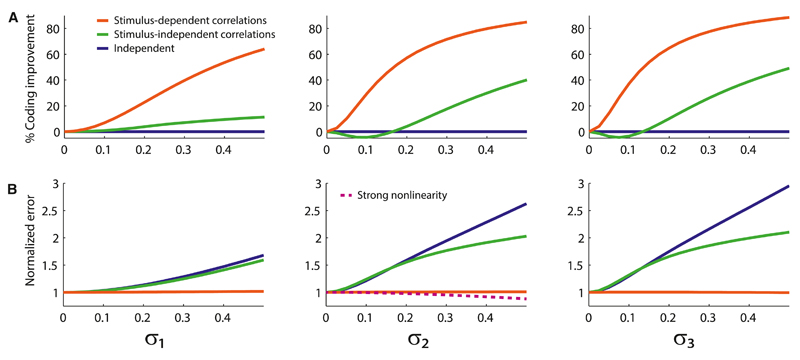Figure 5. Behavior of the Coding Error and the Coding Improvement as a Function of Correlated Noise.
(A) Percent improvement in the accuracy of direction coding as a function of the magnitude of the secondary noise, in Model I (left panel), Model II (middle panel), and Model III (right panel), for the stimulus-dependent correlations generated by the models (red curves), as compared to the mean-matched stimulus-independent case (green curves). For independent neurons (blue curves), the percent improvement is constant and vanishing.
(B) Deterioration of the coding accuracy by the secondary sources of noise, as described by the error normalized by the error in the noiseless case with σ1 = σ2 = σ3 = 0. In the presence of the stimulus-dependent correlations generated by Model I (left panel), Model II (middle panel), and Model III (right panel), the coding accuracy is largely insensitive to the secondary noise (red curves), whereas in the cases of stimulus-independent correlation (green curves) and independent neurons (blue curves), noise is detrimental to the coding accuracy. For a sufficiently strong non-linearity, g, input-gain modulation can improve the coding accuracy (dashed line, middle panel).

